During the height of summer when it’s a struggle to find a free peg and you spend your session being constantly dive-bombed by mozzies, the thought of a successful winter carp fishing campaign – with its associated quieter banks and frosty dawns can hold a strange sort of romantic appeal.
Yet, once winter actually arrives and the reality of carp fishing throughout the colder months sets in – with the long hours of darkness, the fish feeding less, and trying to take a bivvy down with numb fingers – many anglers stash their carp rods away until the spring. But before you do that, remember that there is a good chance that your next bite on your next session could be from the biggest fish in the lake! Confidence is a big part of being successful, so keep your spirits up and you’ll reap the rewards. Here are some great winter tips to help to do just that....
Crack out the corn
Sweetcorn is great all-year round but really comes into its own during winter. Corn is highly visual in clear water and it won’t fill carp up too quickly so they will keep visiting your spot. The other bonus is that it’s incredibly cheap – you can pick up a kilo bag of frozen corn for less than £2. Fish a couple of plastic pieces of corn on a hair-rig and to use the real stuff, lightly coated with groundbait, in a PVA bag to prevent the mesh melting prematurely.
THERE ARE LOADS OF GREAT BAITS TO CATCH CARP, CHECK OUT OUR GUIDE TO THE BEST BAITS FOR CARP FISHING.
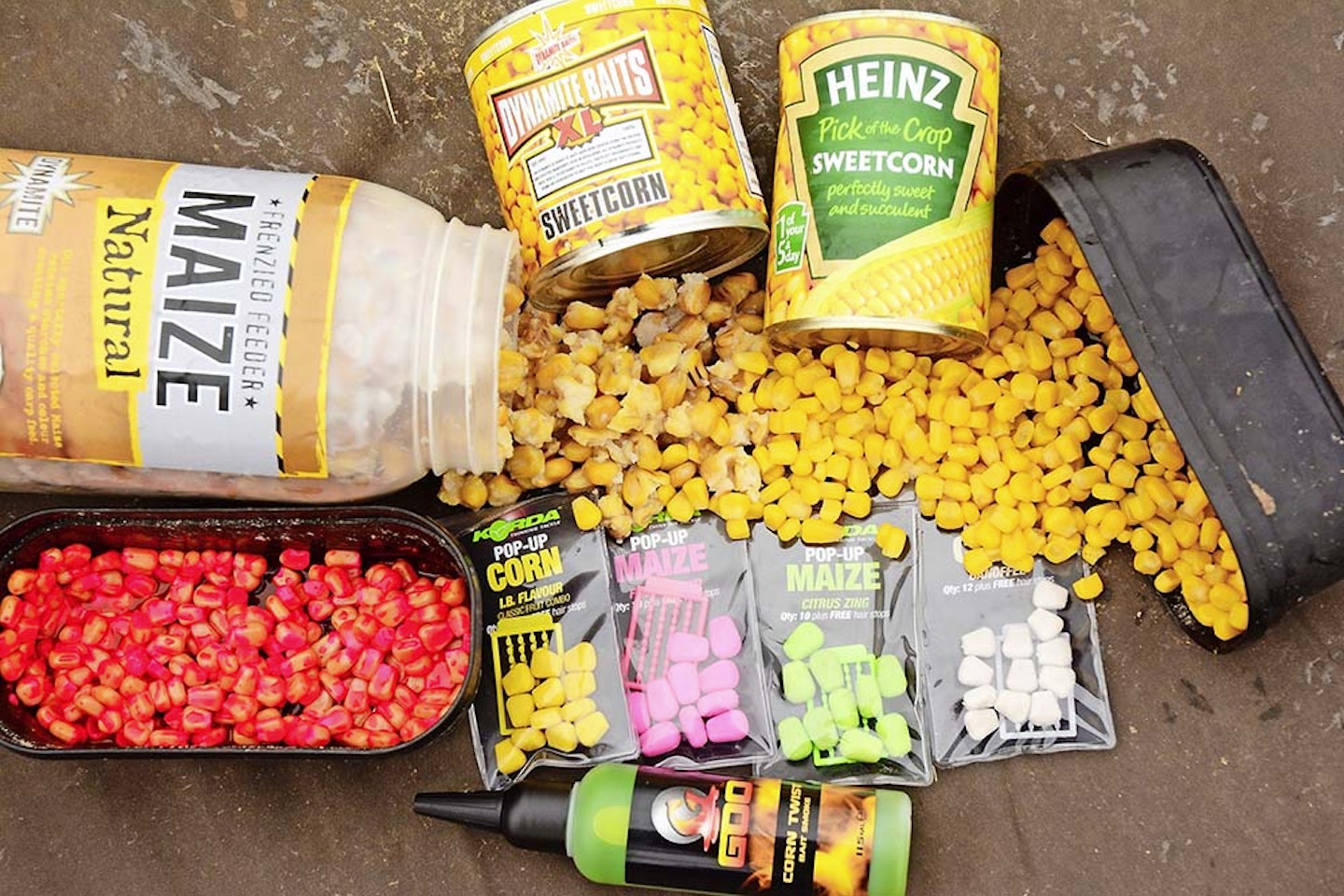
Watch for liners
On well-stocked lakes, you can actually fish for ‘liners’ to pinpoint their location. To do this, cast two rods with light leads to the same area, and just a couple of yards apart. Don’t turn on your buzzers or clip on a bobbin, and slacken off the line six inches at a time when it becomes taut. Every time the line settles and tightens, you can use it to locate where the fish are. If you’ve landed on fish you’ll be able to see tell-tale ‘twitches’ where the line enters the water. If nothing happens after 10 minutes, recast to a slightly different area and repeat the process.
YOUR LINE CAN MAKE ALL THE DIFFERENCE TO WHAT YOU SEE, OUR BUYER'S GUIDE WILL MAKE SURE YOU'RE USING THE RIGHT ONE.
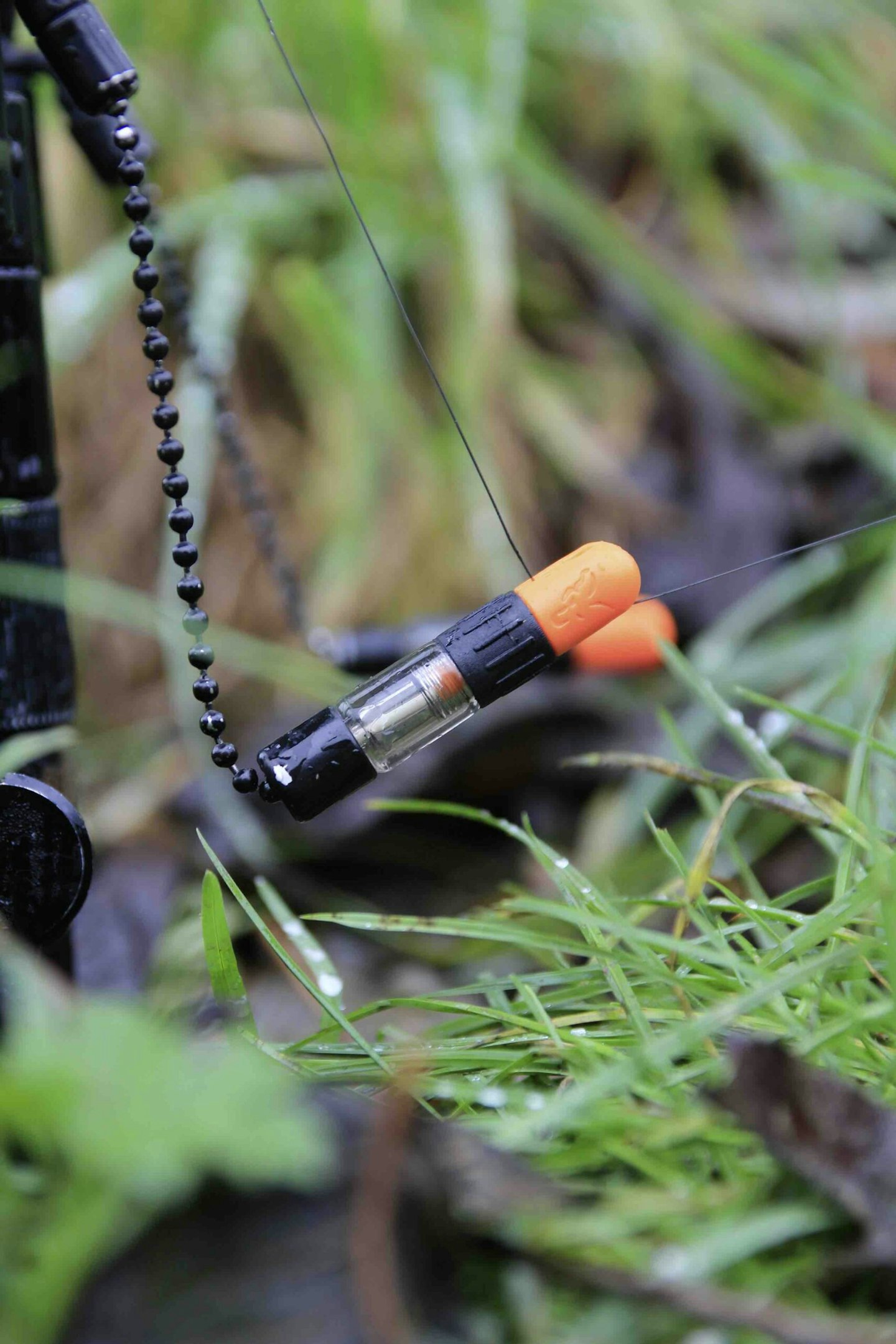
Use natural attraction
Maggots are a superb big-carp bait in winter and can be used to make a standard pop-up boilie hookbait super enticing to a fish cruising nearby. After you’ve mounted the boilie on the hair, tie five maggots to the hair loop using bait floss. Five is just the right number to catch the attention of a carp but not too many to affect the buoyancy of the pop-up. This can be fished as a single hookbait or in conjunction with a PVA mesh bag of maggots.

Target the deeper, silty areas
Deep, silty areas maintain a more constant temperature and therefore will be warmer as the air cools. As such, carp will feel more comfortable in deeper troughs than in shallow water. Also, silty areas will be rich in the last of the year’s natural food, some of which will have only just been uncovered as the weed dies off. Another reason why silt is so good later in the year is that the fish will have been caught a few times from firmer gravel areas, which they will become wary of and start avoiding on busy lakes.
YOU NEED TO BE ON THE RIGHT LAKES FOR THE BEST CHANCE OF A WINTER CARP. HERE IS OUR GUIDE TO THE BEST CARP RUNS WATERS.

Fish at the best times
Carp in many venues only have short feeding windows in winter. If you can find out when that is on your water, you can plan your sessions around these productive times and avoid sitting there for hours on end in the cold with nothing happening. First light and dusk are generally the best. If your venue has been producing most bites first thing, set your alarm nice and early and make sure your rods are in the water before the sun comes up. If dusk is more productive, arrive late afternoon and fish for a couple of hours into darkness.
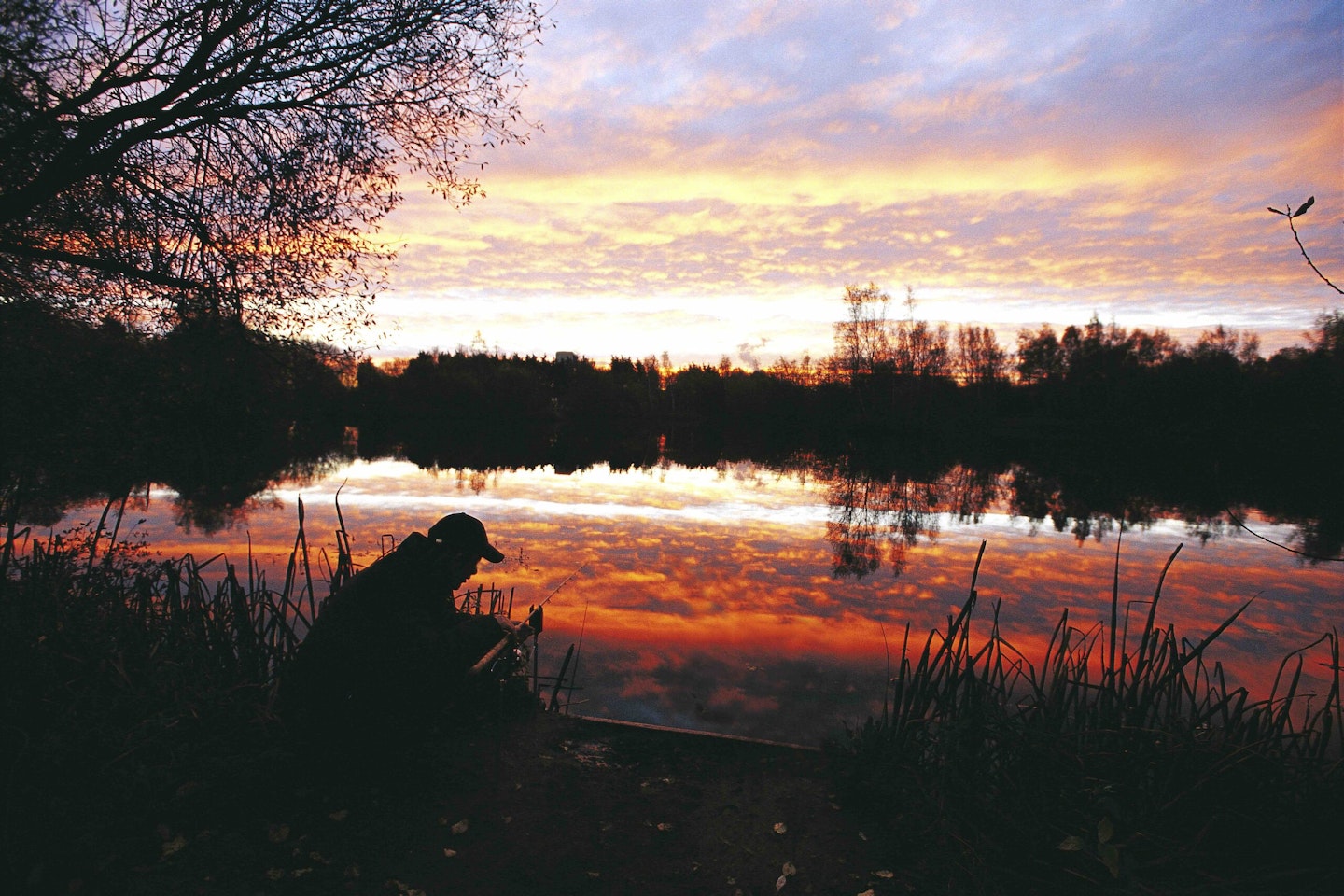
Keep your tips down
In late autumn and early winter, weed that grew in the summer breaks up, dies, floats to the surface and drifts about. If you fish with your rod tips high then the weed can gather on the line and drag your leads out of position. So, set your banksticks so that the tips are under the water and the worst of the weed will drift over the top of your lines.
GRABBING YOURSELF ONE OF THE BEST ROD PODS WILL HELP THIS PROCESS. HERE'S OUR GUIDE.
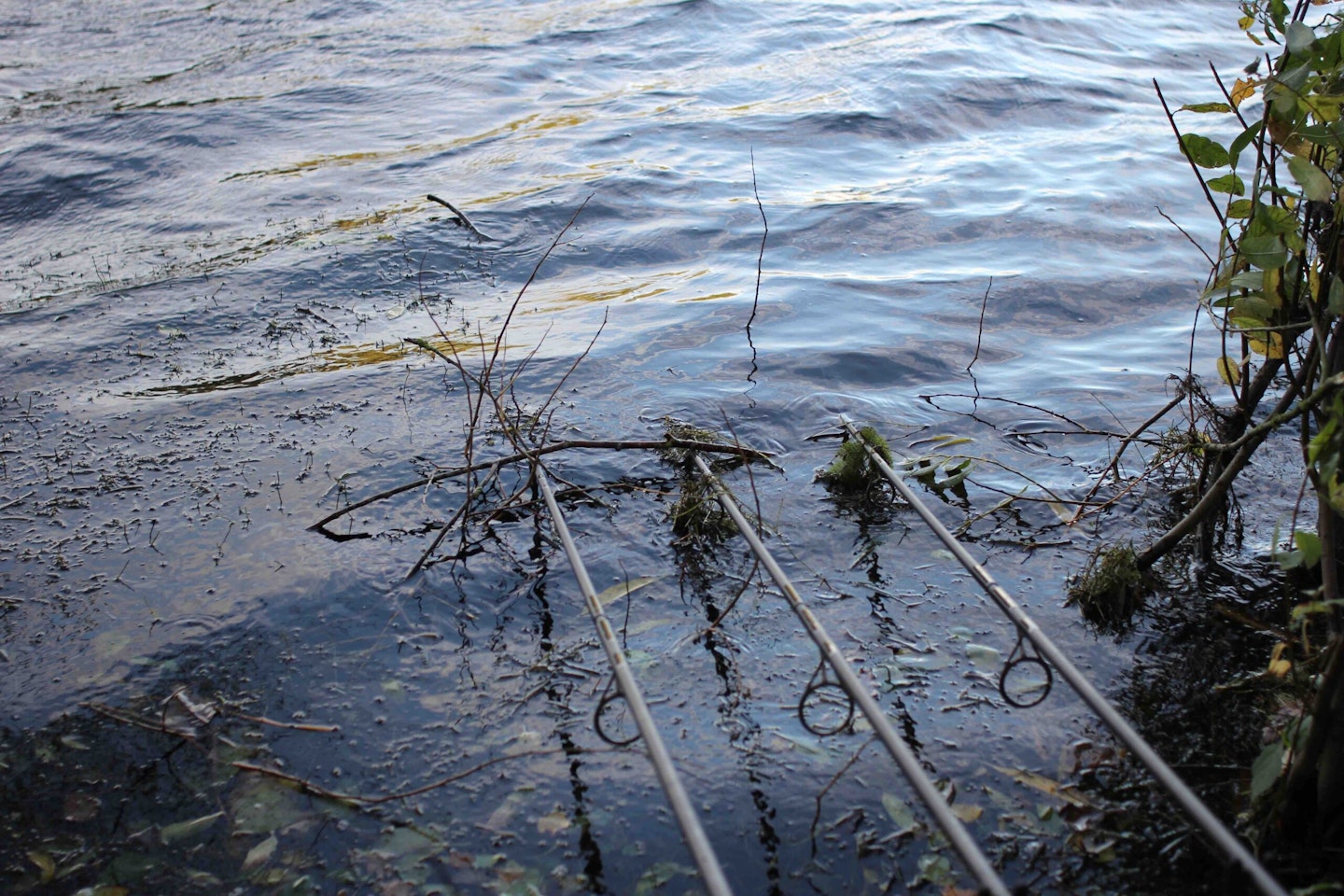
Search your swim
Carp will soon become far less active and if you leave your hookbait sat in one place for the whole session the chances of a fish encountering it are pretty slim. So, recast at least one of your rigs to a different part of the swim every 30 minutes or so. This approach covers a lot of water during the session and increases the chances of you placing a hookbait in front of an interested carp, or locating a group of them.
GET THE BEST CARP FISHING RODS FOR CASTING BY CHECKING OUT OUR BUYER'S GUIDES.
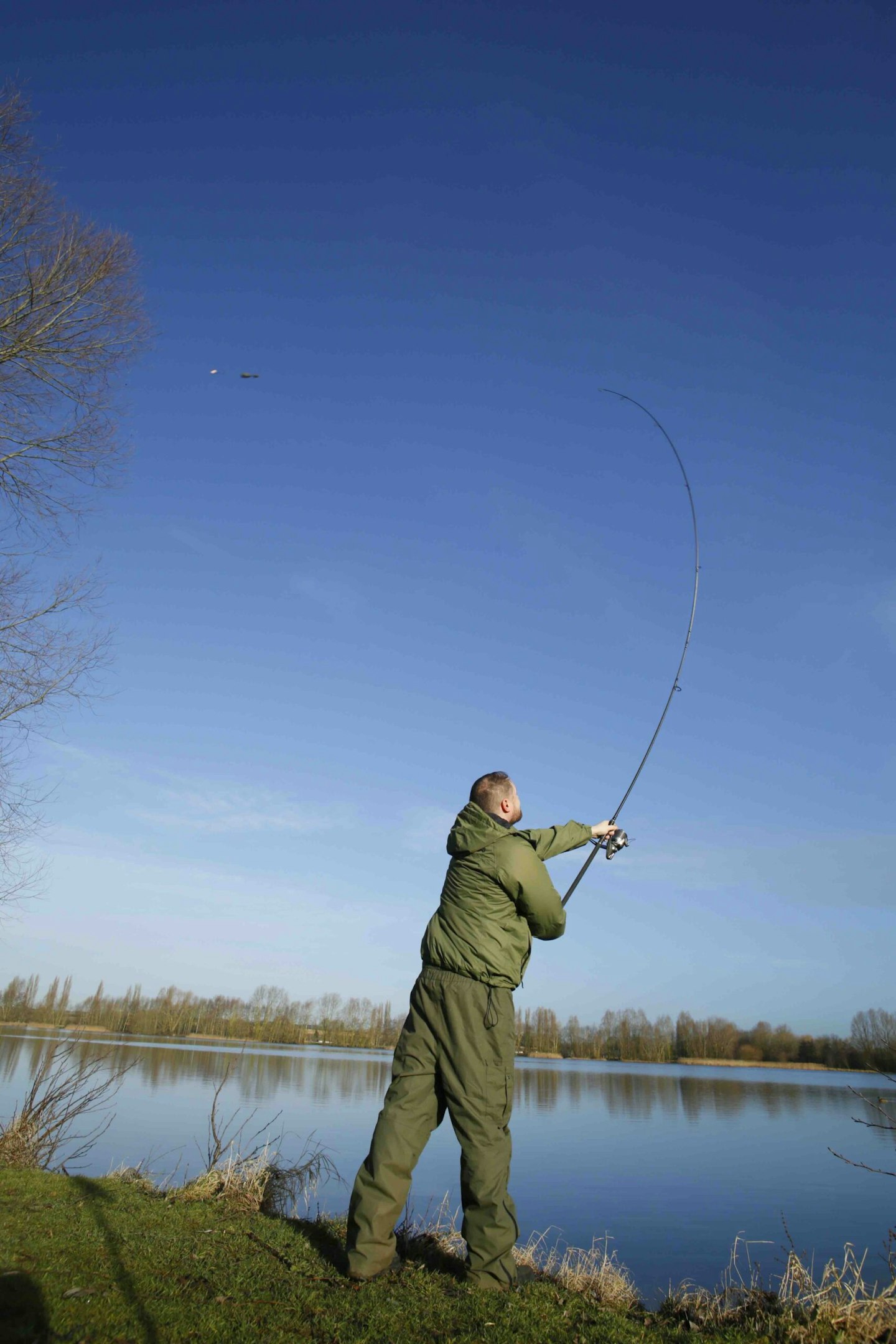
Keep watching
Seeing a couple of fish show in the same place at this time of year can be a real short cut to success. They might be in a completely different area to where you expect them to be, but with ‘shows’ being pretty thin on the ground once the temperatures drop, one or two sightings can be a huge bonus and can pinpoint new spots that the fish are feeding over.
A QUALITY PAIR OF POLARISING GLASSES CAN HELP TAKE THE STRAIN OFF YOUR EYES, FIND THE BEST FOR ALL FISHING SITUATIONS HERE.
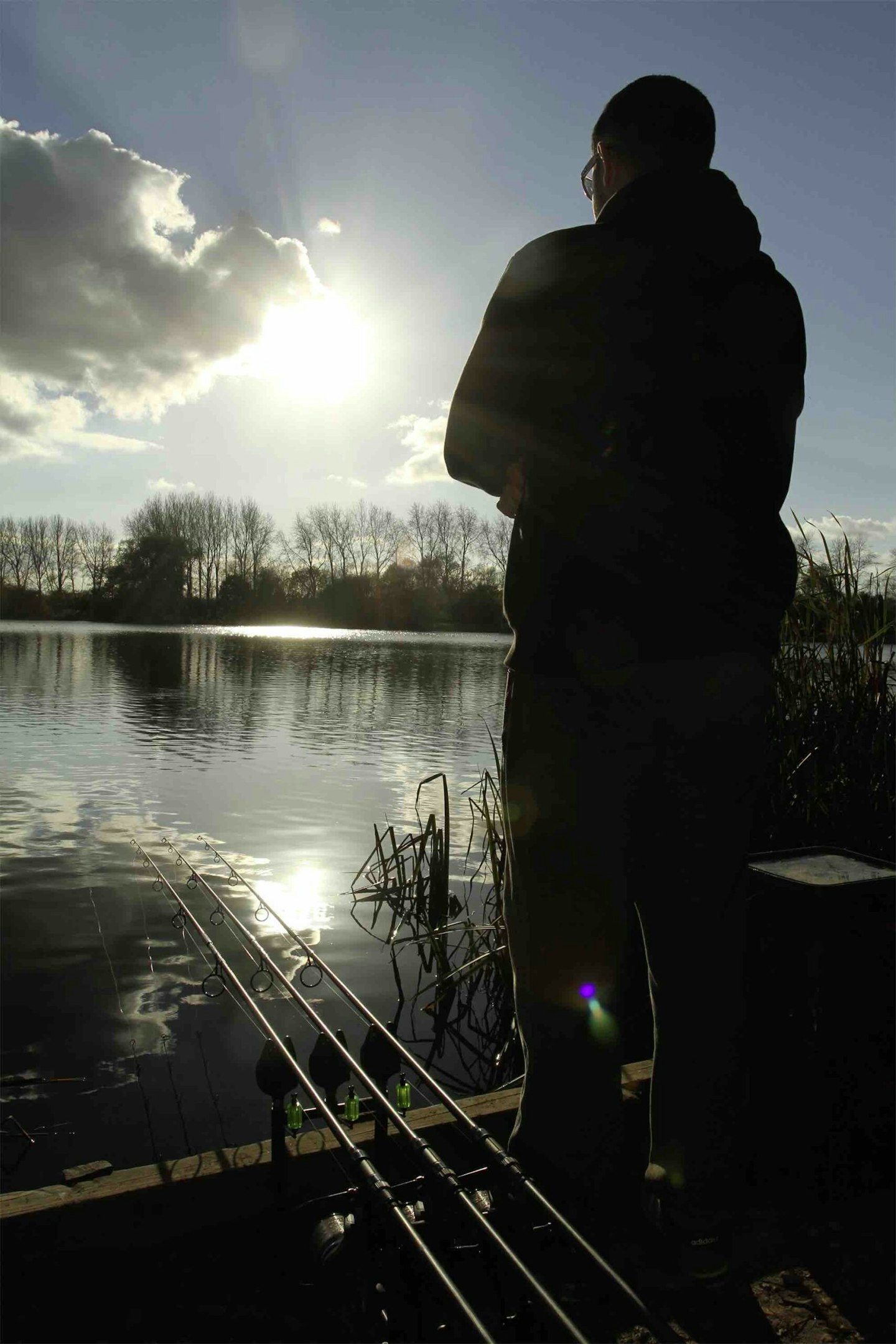
Drop a boilie size
As we head towards winter you’ll get more bites using smaller 10mm/12mm boilies than you will with 16mm/18mm offerings, plus there’s less risk of overfeeding if you’re putting out a few freebies. Your PVA bags shouldn’t be any bigger than a golf ball. This provides the perfect mouthful for a carp to easily snap up in one go.
FIND THE BEST WINTER BOILIES FOR CARP FISHING BY CHECKING OUT OUR BUYER'S GUIDE.
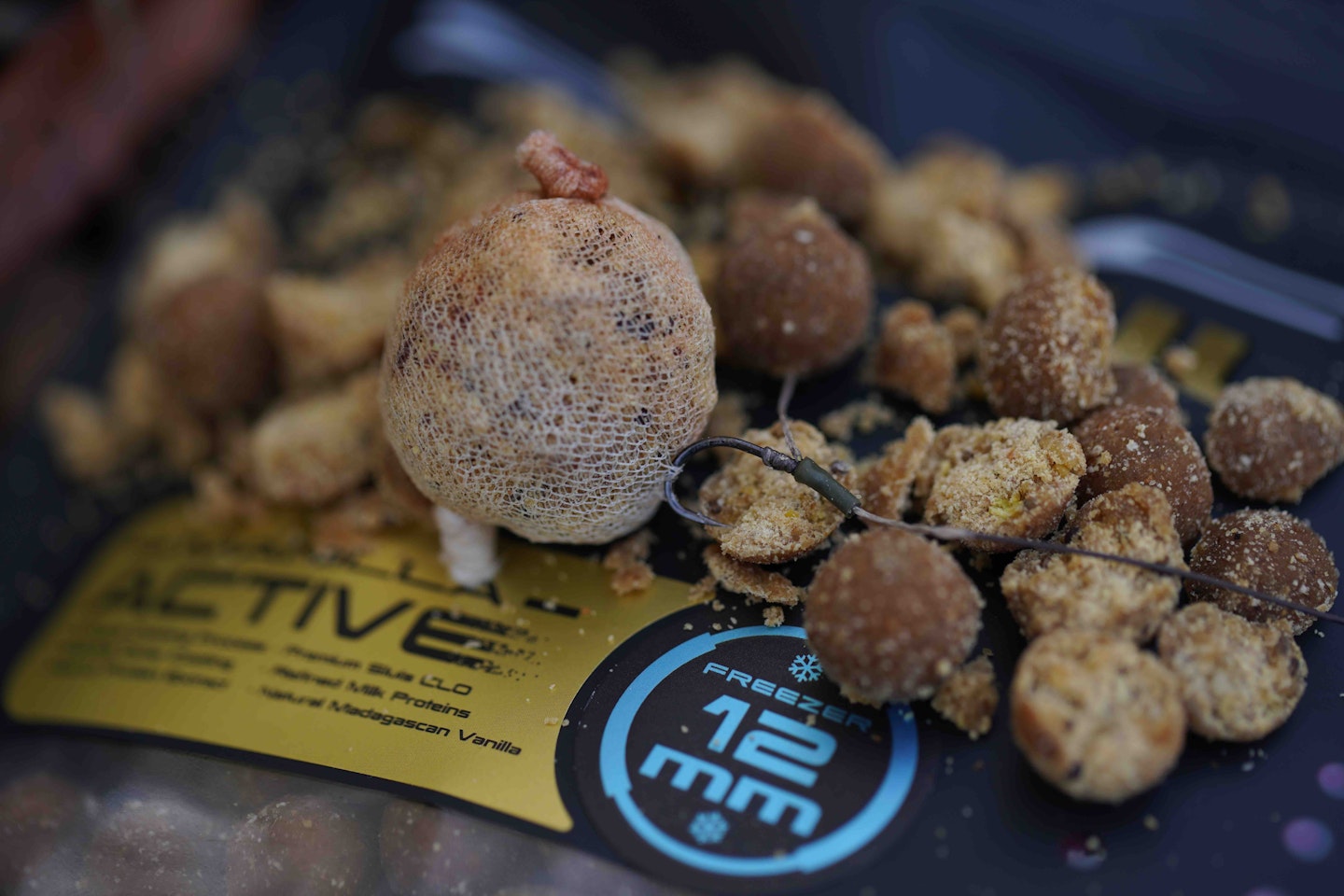
Feed half baits
Carp don’t need big meals at this stage of the season and can quickly get filled up. Feeding half boilies in winter reduces the risk of this happening before they find your hookbaits. Half baits also release attraction more readily and offer something a little different to wary carp. A crafty way to bait it up is to break the boilies in half, moisten the broken sides, and then push the halves back together. They can then be catapulted ‘whole’ up to about 50 yards, and only break up once they hit the water. A great short-to-medium range baiting tactic.
STRUGGLING TO DECIDE WHAT BOILIES TO USE? HERE'S SOME ADVICE ON PICKING THE RIGHT BAIT.
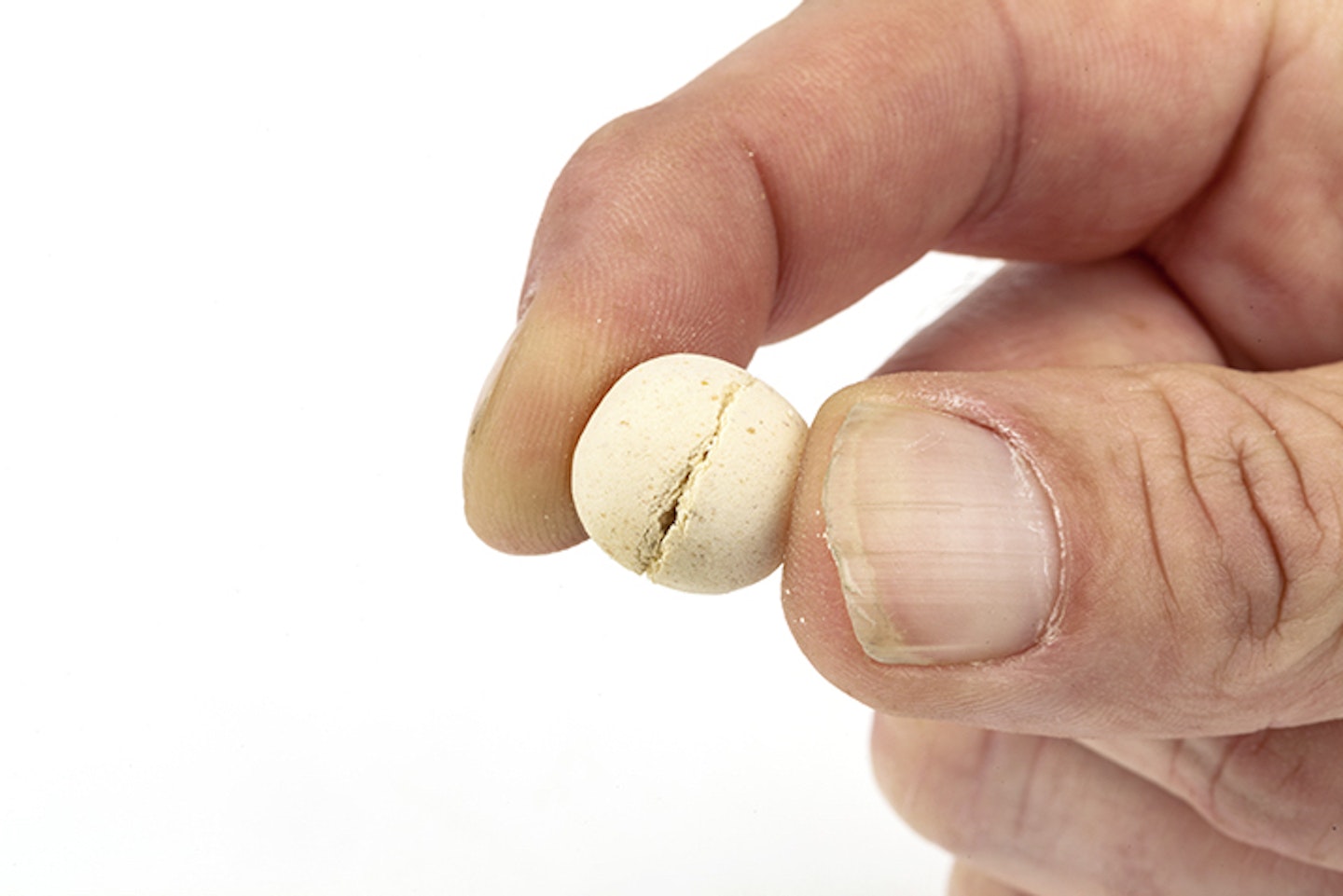
Get on the zigs
Zigs can be devastating in winter as carp will spend the majority of their time in warmer layers of water called the thermocline. The depth of these layers will vary depending on conditions, but if you can present your hookbait in it, your chances of catching will dramatically improve. Altering the depth of your zigs regularly and paying attention to line bites, which indicate carp brushing against your line, will help pinpoint the depth at which they are sitting.

Stay comfortable
The cold weather is one of the biggest downsides of winter carping, but there are simple steps you can take to ensure you remain comfortable while waiting for your next bite. Adding an overwrap to your shelter will prevent moisture and ice from forming on the inside, and using a groundsheet will make a big difference too.
It’s also worth paying close attention to your clothing. Get yourself kitted out with a good-quality set of toasty base layers, a thermal fleece, a jacket and some salopettes. If you’re warm, you’ll fish better – that’s the truth! A hot-water bottle is another must-have item if you’re fishing through the night.
STAY WARM AND COMFORTABLE ON THE BANK WITH THE BEST WINTER FISHING WATERPROOFS.
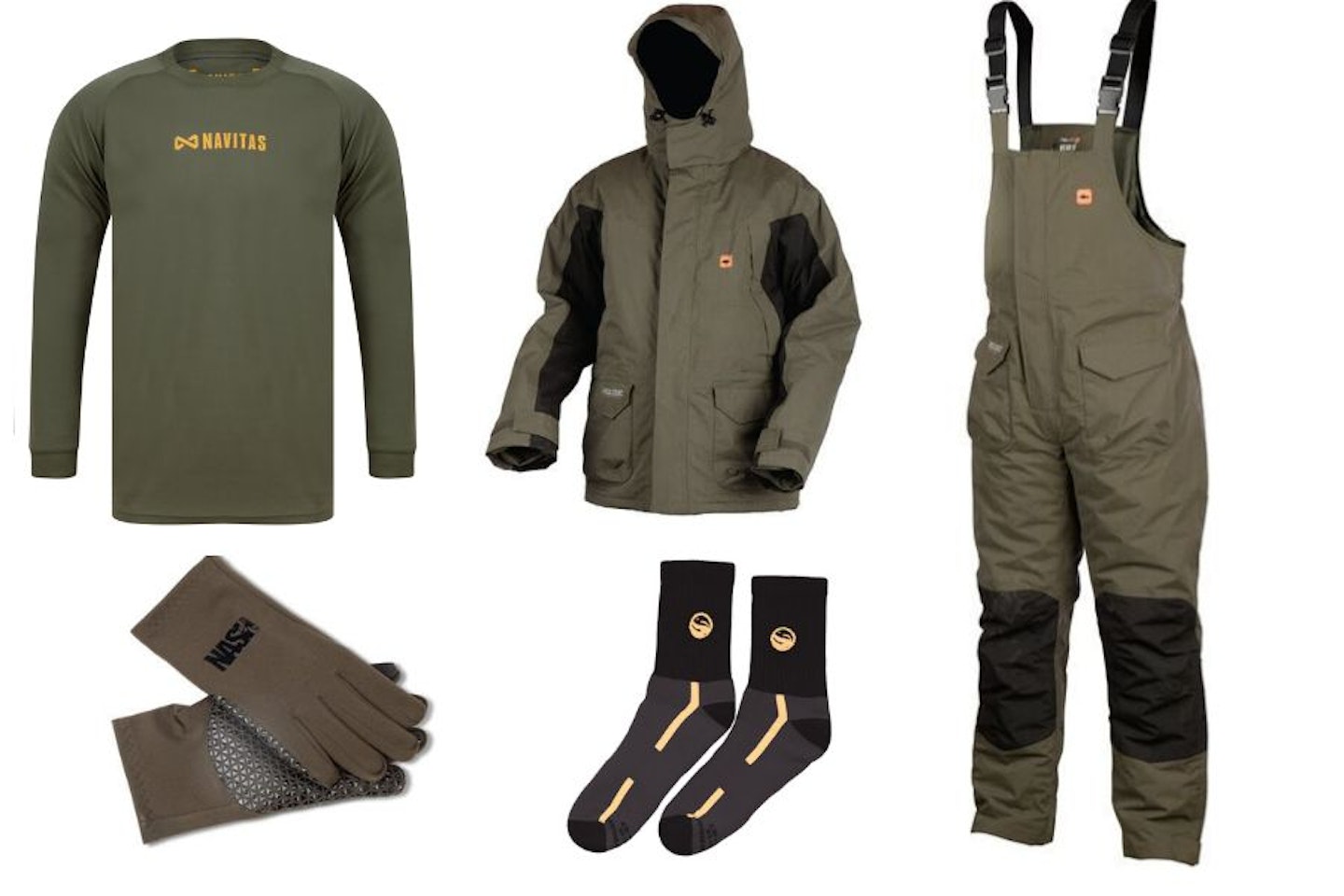
Try bread
An explosive parcel of breadcrumb creates a tantalising visual hotspot on the lakebed for the carp to home in on. Liquidise some white slices and tie up a few small 50p-sized bags. These, alongside a white wafter hookbait, are all you need on some venues to get the bite alarms screaming.
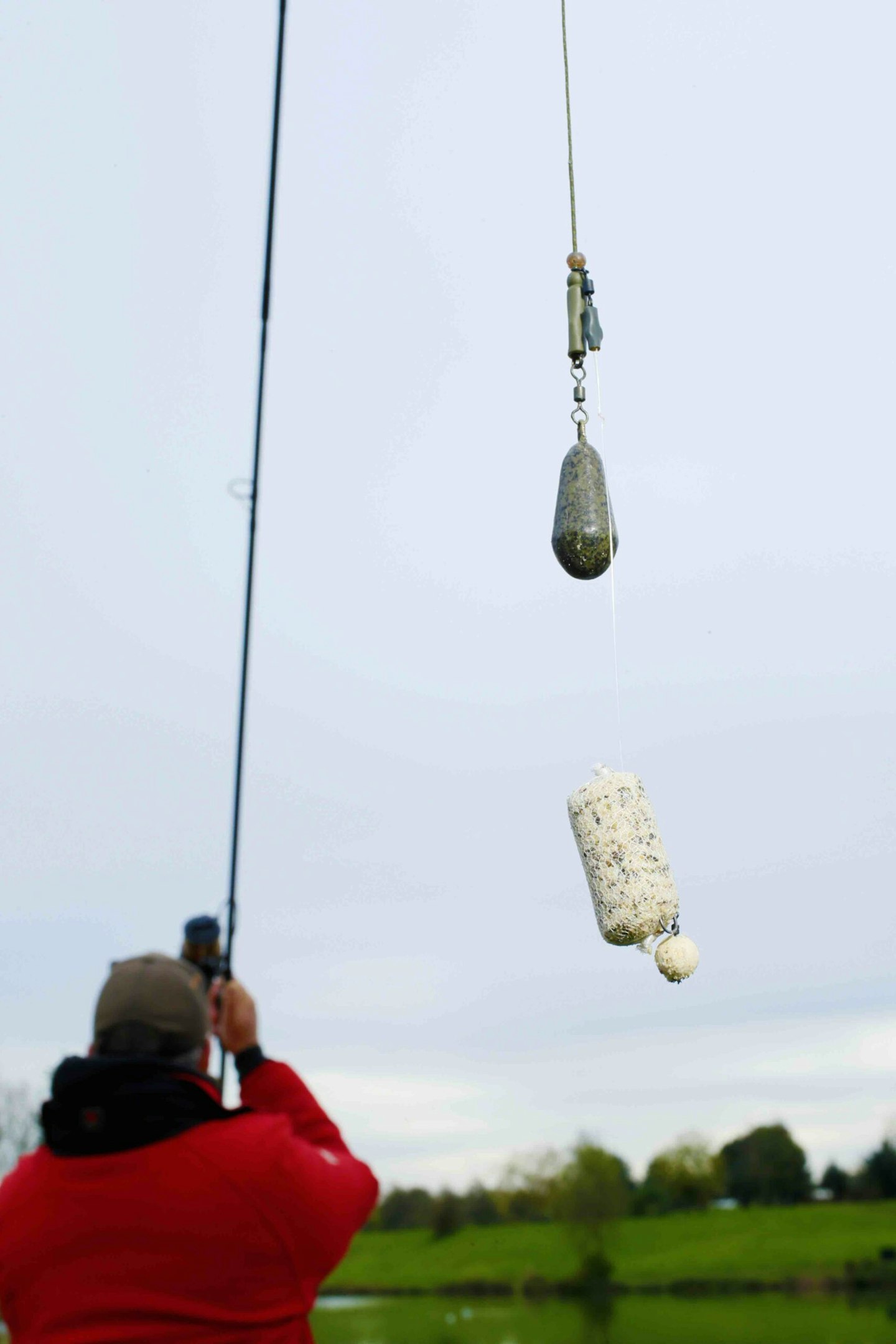
Avoid the obvious features
At this late stage of the carp-fishing season, features such as islands and obvious gravel bars will have been hammered and carp will likely steer clear of them. So, try to investigate the rarely-fished areas of the lake where carp are less used to coming under pressure and will therefore feed more confidently.
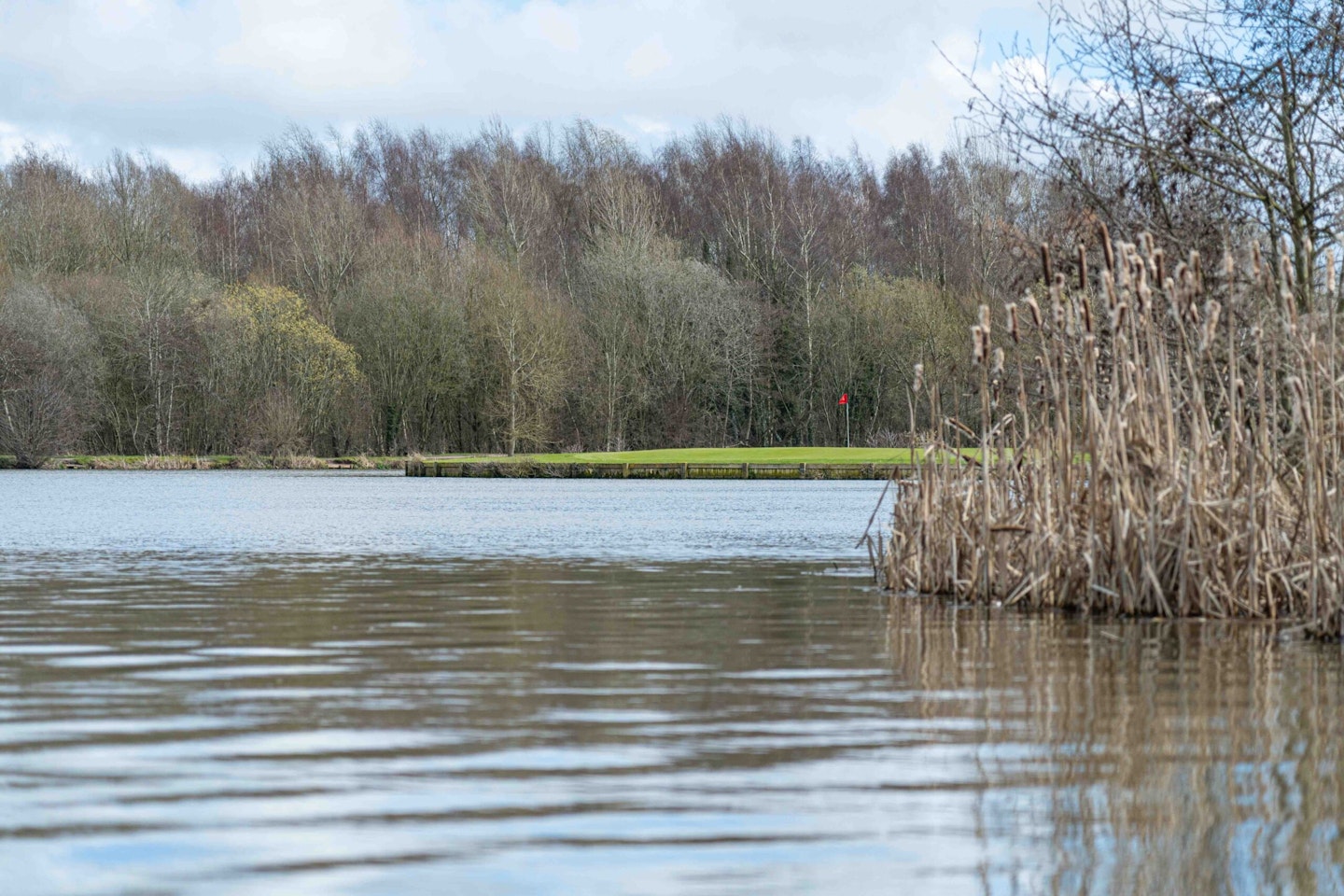
Check the water temperature
Invest in a water thermometer (many garden centres sell these for use in ponds) so you can record the temperature during your session. As a general rule, if the temperatures are struggling to creep much above 40 degrees Fahrenheit, then the chances of catching are slim. Between 42 and 43, although tough, you’ve got a chance of putting a carp or two on the bank. If the temperature gets to 44 degrees Fahrenheit or above in winter, then you have a much better chance of catching!

This page is a free example of the amazing content Angling Times Members get every single week. Becoming an Angling Times Member gives you access to award-winning magazine content, member rewards, our back issue archives, bonus content and more! Join our fishing community and find out more today!
